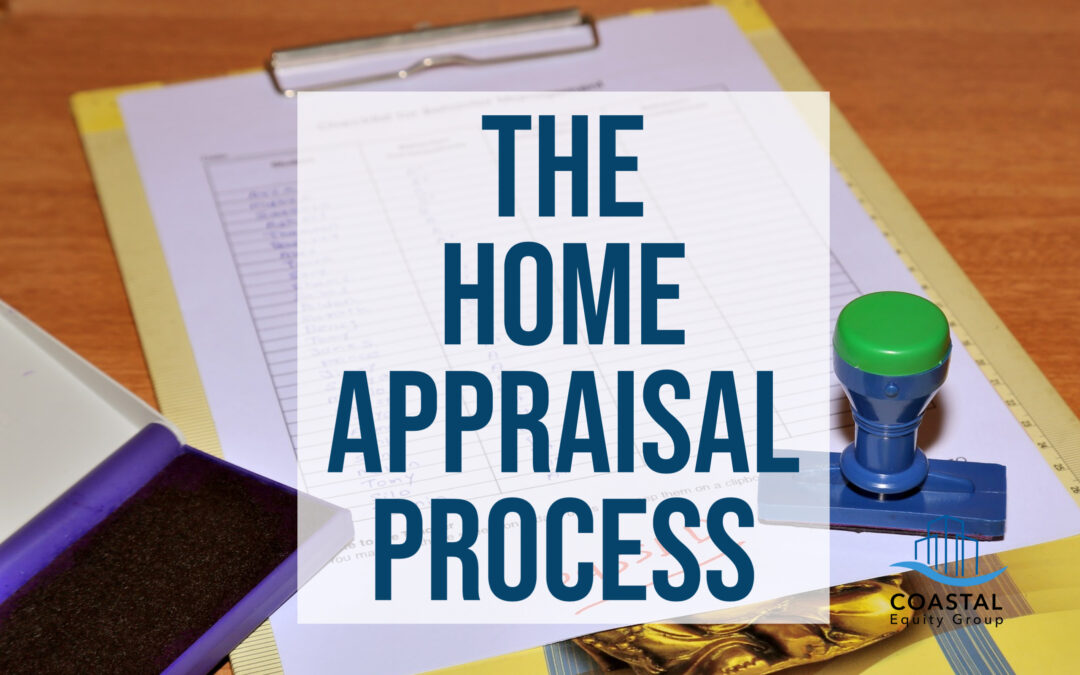Getting an appraisal scheduled is one of the very first steps in the lending process for new purchases and refinances. An appraisal is an unbiased professional opinion of a property’s value based on recent sales of properties nearby. The appraisal is conducted by a licensed or certified appraiser who is an independent third-party hired by the lender to complete the evaluation.
Appraisals can provide a variety of important information to both the seller and the buyer. It’s a value analysis that establishes the “As-Is” value, what the property is worth now and the “Subject-To” or “After-Repair-Value”, the value of the property after renovations. Let’s take a look at the what the home appraisal process is.
When a property goes under contract, your first step should be to communicate with your mortgage lender by emailing the signed purchase agreement. The mortgage lender will typically order the appraisal and collect payment as soon as possible since the appraisal can take a few weeks to complete.
It’s important to pay close attention to deadlines. Borrowers should verify that the appraisal has been scheduled, the appraiser has access to the property and there is a proper point of contact. As the borrower and lender, it will be imperative to make sure the date of completion will work with the deadline of the purchase agreement.
If you need to extend your appraisal objection deadline, ask your Realtor to get a signed amendment and extend the contract so you can protect your earnest money. We recommend including the seller throughout the process so they are aware of when it will happen. They should want to do their best to help you achieve the value you need to close.
If you are doing a “subject-to” appraisal, prepare in advance by providing your appraiser with the proposed construction budget for appraisal. Your mortgage lender will ask for the budget to submit the appraiser to ensure the value analysis coincides with the evaluation.
Sometimes your appraisal value may fall short, this doesn’t mean the deal is dead. Here are a few ways to resolve this:
Step 1: Check the report for errors. Common errors are missed bedrooms, bathrooms, garages, square footage, and using incorrect comps.
Step 2: Review the comparables the appraiser used. Were they in the right area?
Step 3: Schedule a time to speak to the appraiser to get their verbal feedback and comments.
Most important, remain respectful at all times during the process. The last thing you want to do is create a stalemate in the objection process.
Appraisal Tips for Refinancing Homeowners
The home appraisal is necessary because the lender wants to know what the property is worth. They don’t want to be stuck with a property worth far less than the loan they extend on it.
It’s recommended that homeowners emphasize any recent upgrades, which can directly show that the home has maintained or increased its value. Always prepare your home by ensuring the home is clean and tidy for the appraiser to do a walk thru. It helps them get a better understanding of the space when there is less clutter and see the potential.
We hope this month’s blog provides clarity on the home appraisal process. Reach out to our team today for any questions about our lending programs and process.

